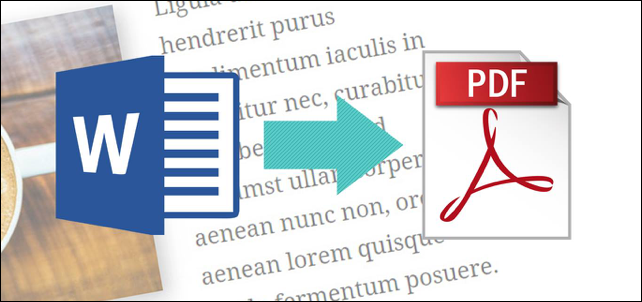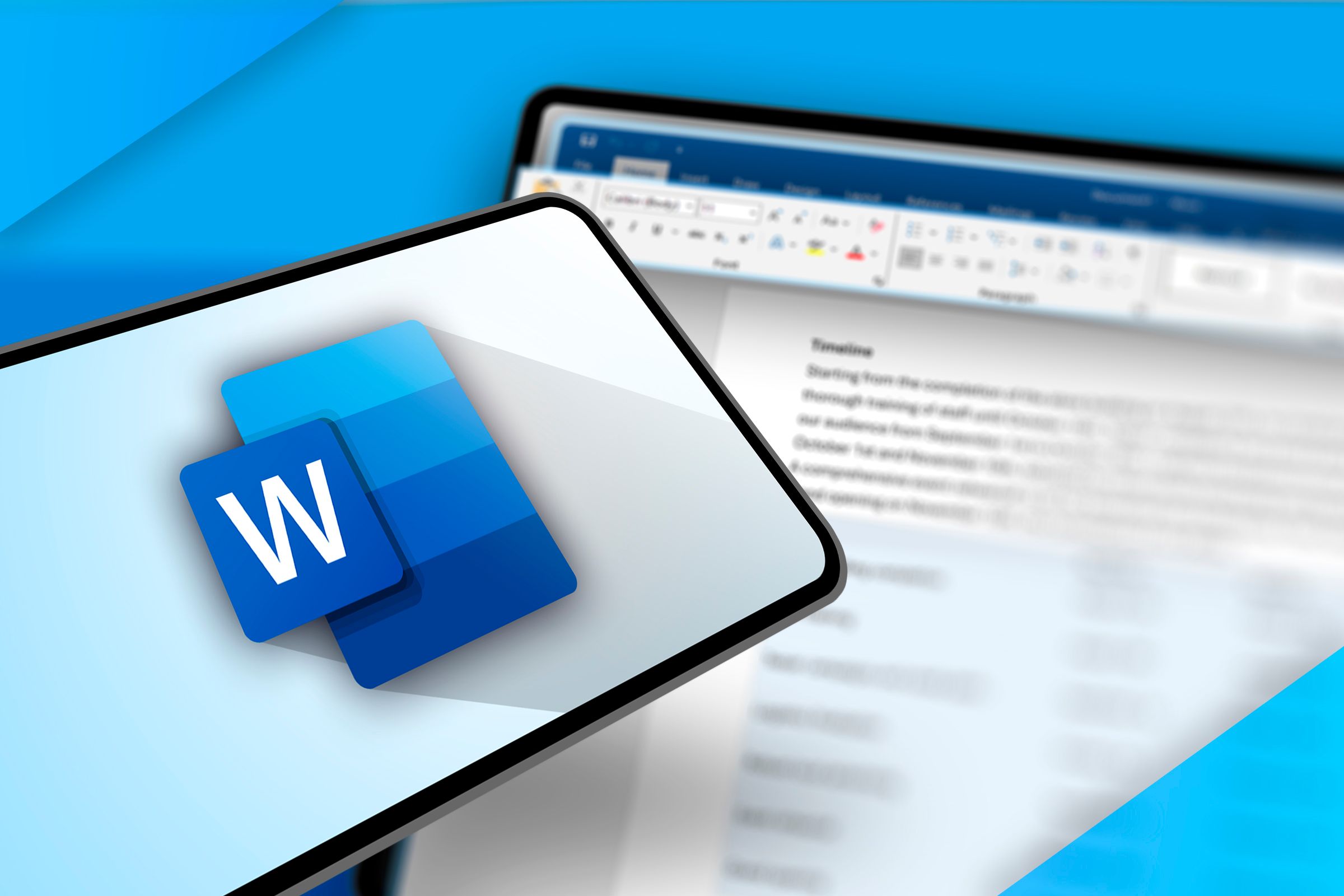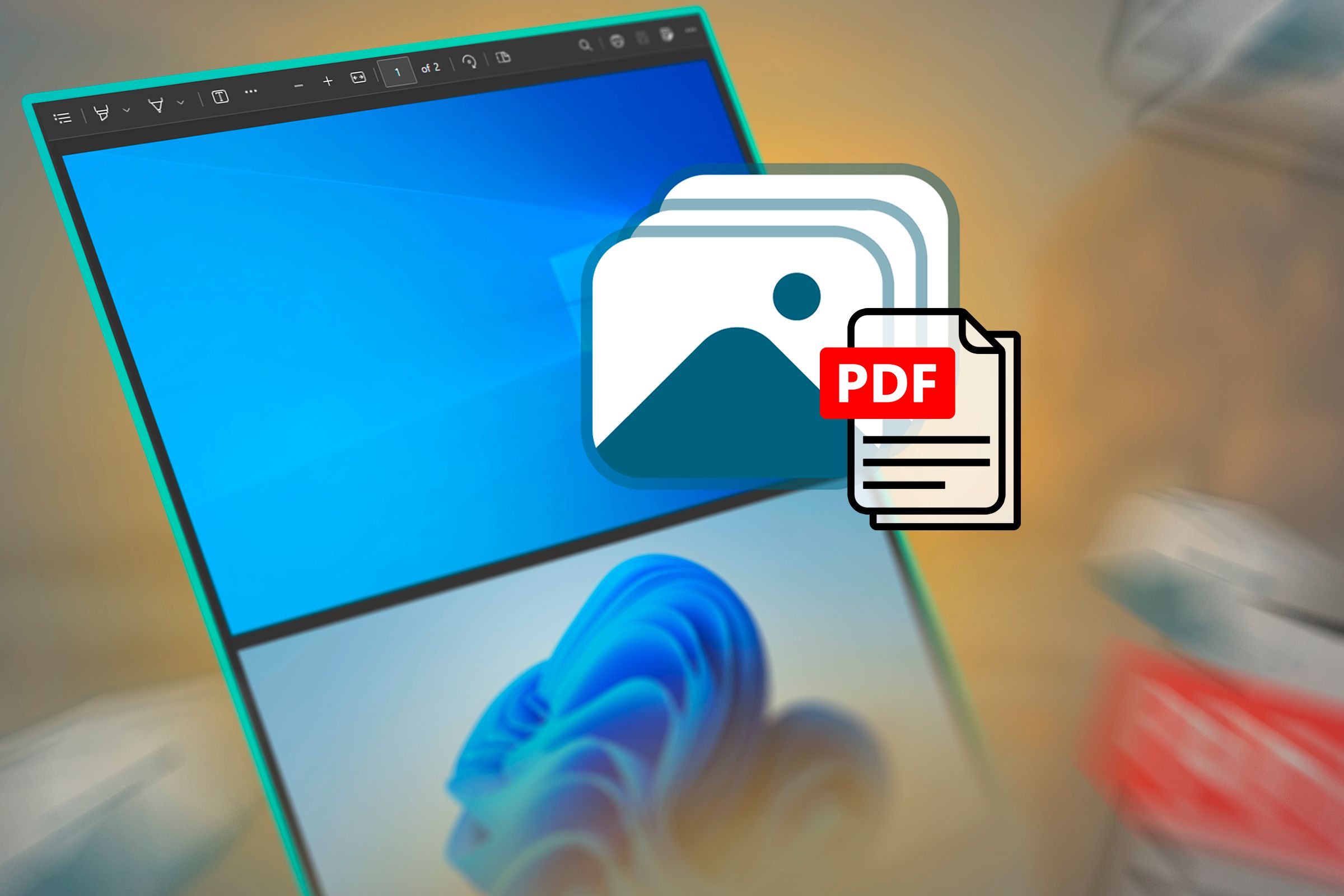When I’ve finished my Microsoft Word document and want to send it to others, I often save it in a Portable Document Format (or PDF for short). Taking this step creates a preserved and widely compatible copy of the document, reducing the chances of it causing issues down the line.
There are two ways to save a Word document as a PDF. First, press F12 to launch the Save As dialog box, and in the Save As Type field, choose “PDF.” Alternatively, press Ctrl+P to launch the print options, and change the printer to “Microsoft Print To PDF” (or another similar option).
1
Preserved Formatting
The main reason I like to save and send my Word documents as PDF is that I can guarantee that the fonts, images, tables, and overall layout are preserved. This is because Word documents saved as PDFs are converted to a fixed-layout file format, which means they identify and store the exact position of an object on the page.

Related
How to Convert a Microsoft Word Document to a PDF
Share your files as PDFs so that the formatting doesn’t get messed up.
Let’s say you have a Word document that you want to send to someone else via email. While the recipient might also have Microsoft Word, this doesn’t mean that they’ll see on their screen exactly what you created on yours, especially if they’re using a version of the program that is older or has fewer features and tools. On the other hand, saving and sending the document as a PDF increases the chances of the document’s layout staying the same during the transportation from your device to theirs.
What’s more, if you send a Word document containing an imported font or a typeface only accessible to people with a Microsoft 365 subscription, if they don’t have the same font on their system, the text will be replaced by a substitute font. However, because PDFs tend to embed the fonts used during the document’s creation, they’ll remain intact regardless of the recipient’s setup.
Be aware that embedding complex or large fonts in a PDF can significantly increase the size of the file.

Related
The Best Fonts to Use in Microsoft Word for Different Purposes
There are over a hundred fonts on Microsoft Word to choose from, but some stand out above all the others.
2
Wide Compatibility
Until July 2008, PDF was owned and controlled by Adobe, which meant that people might have faced software restrictions or compatibility issues when opening the file. However, since that date, the format has been an open standard, which means that PDFs can be read by anyone on virtually any device—from laptops and PCs to smartphones and tablets. Indeed, most modern-day devices come with free, built-in PDF readers.
As a result, gone are the days of people frustratingly replying to my emails to ask for the Word document in a different format. Even more usefully in today’s fast-paced world, people can reliably view the Word document I sent to them as a PDF while on the move without having to worry about navigating the pernickety user interface of the Microsoft Word mobile app.

Related
My litmus test for determining the compatibility of a program or software is to get my dad—who (bless him) isn’t particularly technologically aware—to interact with it. When I sent him a Microsoft Word document, he struggled to open it, found the interface overwhelming, and made accidental changes to the file. However, when I sent him a PDF, he could open it easily on both his tablet and mobile, navigate and zoom without issue, and didn’t inadvertently edit the content. It’s safe to say, therefore, that PDFs pass this compatibility test.
3
Locked Content
Although some software allows people to edit PDFs, sending a document in this format means that the content is less likely to be tinkered with than in a Word document. What’s more, if a PDF is modified, it often leaves an edit trail—like the modified date in the metadata—meaning I can identify whether people have made changes to the original file.
For this reason, PDFs are useful for sending formal or confidential documents like contracts or letters, especially if they don’t need to be further edited by the recipient. PDFs can also be secured with a password, and some PDF editors offer the option to restrict editing permissions.

Related
4
Smaller File Size
PDFs are optimized for viewing and printing, meaning they do away with any document formatting data, like table structures and paragraph settings, while preserving their appearance. They often use vector graphics for images and encode text efficiently with embedded fonts, further reducing the size of the file compared to those saved and sent as a Microsoft Word file.
When saving a Word document as a PDF by pressing F12 and choosing “PDF” in the Save As Type field, there’s an option to create a minimum-size PDF.
Taking this extra step before clicking “Save” reduces the file size, meaning it takes less time to upload it as an email attachment. I can also attach more files to the email if needed, and the person who receives the email will benefit from a quicker download speed and less space taken up on their device. Bear in mind, however, that creating a minimum-size PDF slightly reduces the quality of the content, though this trade-off is usually barely noticeable.
As well as ensuring compatibility, integrity, and consistency by saving and sending Microsoft Word documents as PDFs, you can do the same with OneNote notes, Excel sheets, Outlook emails, and PowerPoint slides.





